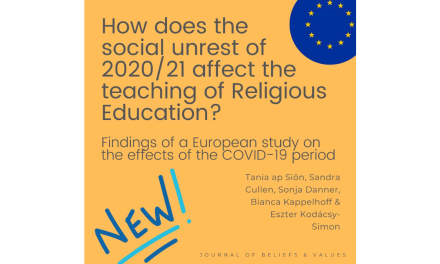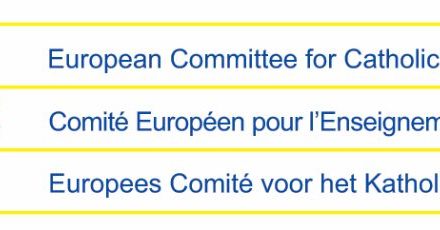The churches in Lower Saxony, one Land in Germany, are opening a new chapter: they are campaigning for the introduction of jointly responsible Christian religious education in all types of schools in the state.
The initiative is to be discussed in the coming months with the responsible state authorities, the religious education teachers and also within the participating churches and dioceses, announced school officers of the involved Protestant churches and Catholic dioceses. Pupils, parents and institutions responsible for education and training should also be involved. The model is unique in Germany and goes beyond existing Catholic-Protestant cooperation in other federal states. From the churches’ point of view, it would be conceivable to introduce the new subject in the school year 2023/2024.
“It will no longer matter whether these lessons are taught by a Protestant or Catholic teacher, because it is simply Christian.”
The planned Christian RE is to be taught jointly to Protestant and Catholic pupils. In addition, it will be open to all other interested children and young people, emphasised the representative of the Confederation of Protestant Churches in Lower Saxony, Kerstin Gäfgen-Track. It would be a compulsory subject that is graded and, like the previous religious education that is separated by denomination, it would also be eligible for the leaving school certificate Abitur. “The Christian Religious Education classes will have common content,” explained Gäfgen-Track. “But it will also clearly state the differences that continue to exist between the Protestant and the Catholic tradition.”
The new subject could be offered for the first time in the 2023/24 school year after consultations have been completed, said Winfried Verburg, head of the department for schools and universities in the Catholic diocese of Osnabrück. It would then replace the current Protestant or Catholic religious education. The churches want to create a joint Protestant-Catholic office, which would serve as cooperation partner for the state offices and, for example, would be responsible for questions of initial, further and continuing teacher training or for the approval of textbooks.
The Catholic dioceses and Protestant churches in Lower Saxony have already been working together on religious education for 30 years, explained Jörg-Dieter Wächter, head of the Education Department in the Catholic diocese of Hildesheim. Within the framework of the confessional-cooperative teaching model, Protestant pupils could already take part in Catholic lessons and vice versa. This model is now to be developed further in order to enable pupils to learn Christian content together within the new subject. In Lower Saxony, 46% of pupils are currently Protestant and 16% Catholic. 23% have no religion, 9% are Muslim and 6% belong to another religion.
“The reason is, we find less and less sense and plausibility among people for denominational differences.”
In contrast, about 75% of the pupils take part in one of the Christian religious education classes. “The demand for religious education is quite high, even beyond the originally targeted groups,” Wächter emphasised.
Joint position paper
The publication of the joint position paper with the key points for this new subject “Christian religious education” is the beginning of a coordination process that will last several years. The participating churches have commissioned an expert legal opinion to ensure that the future subject complies with the provisions for Religious Education laid down in the Basic Law. In the following phases of the process, the churches and dioceses will seek dialogue with the state, as the new subject can only be designed and introduced together with the public authorities.
Available in German only
Please note: All quotes are freely translated from German to English. For original quotes, please read the corresponding press release.





